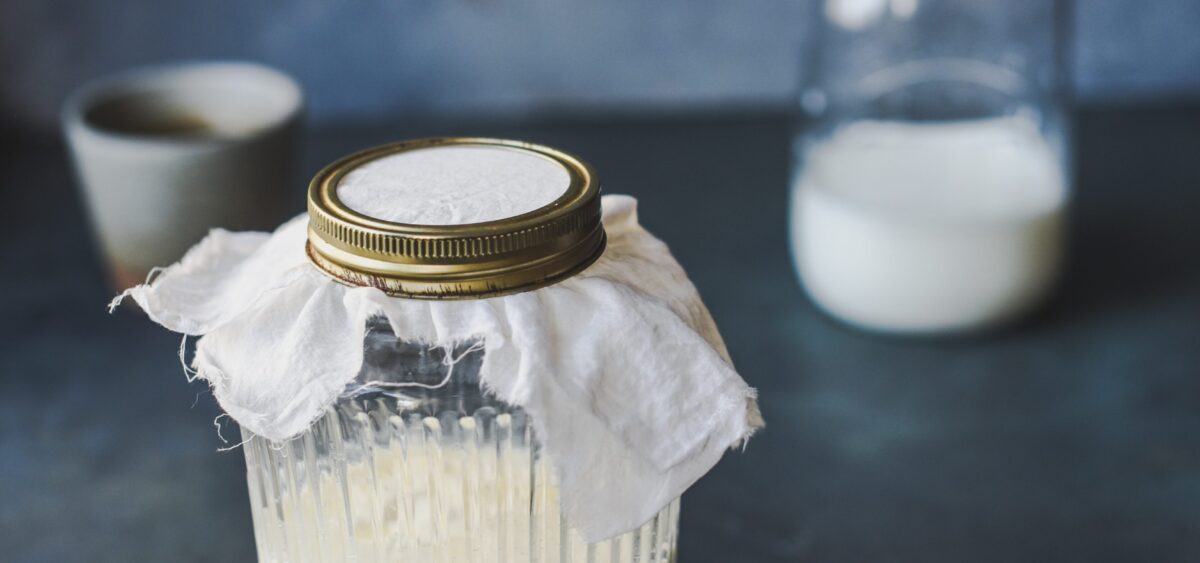
In times past, recipes were cherished treasures: safely guarded secrets that would define great houses and cultures. King Henry IV gave Carthusian monks the recipe for the liqueur Chartreuse because it was rumored to be a secret elixir for long life. Ever since that occasion, only two living souls are ever in possession of the complete recipe.
In contemporary times, recipes are a dime a dozen. We’re bombarded by them on the internet, in grocery store leaflets, on the labels of products, and through








